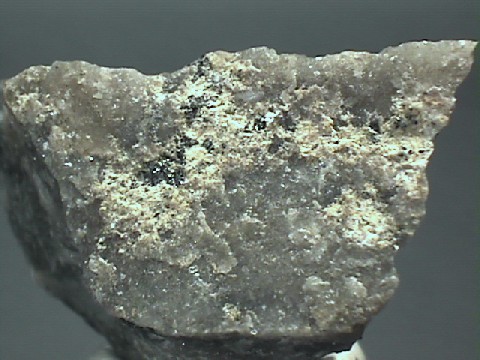 THE MINERAL PYROAURITE
THE MINERAL PYROAURITE
- Chemistry: Mg6Fe2CO3(OH)16 - 4H2O, Hydrated Magnesium Iron Carbonate Hydroxide.
- Class: Carbonate.
- Group: Hydrotalcite.
- Uses: Only as mineral specimens.
- Specimens
Pyroaurite is a rare mineral that comes mostly from the famous mines of
Langban, Varmland, Sweden,
but is also found at a few other localities.
It forms platy to tabular crystals.
Crystals of pyroaurite can yield flashes of yellow and it is this display that is responsible for its name; which loosely translated means
golden fire.
Pyroaurite is dimorphous with the mineral
sjogrenite.
Dimorphs are minerals that share the same chemistry but have different structures.
PHYSICAL CHARACTERISTICS:
- Color is usually brownish yellow, reddish brown, yellow, white and greenish brown.
- Luster is vitreous to pearly.
- Transparency: Crystals are usually translucent to transparent.
- Crystal System is trigonal; bar 3 2/m.
- Crystal Habits include tabular, scaley to platy crystals; also found in fibrous forms.
- Cleavage is perfect in one direction (basal).
- Hardness is 2.5.
- Specific Gravity is 2.1 (very light).
- Streak is white.
- Associated Minerals includes
hydromagnesite,
stitchite,
calcite,
reevesite,
sjogrenite,
magnetite and
lizardite.
- Notable Occurrences include the type locality of
Langban,
Varmland, Sweden; Gulsen Quarry, Kraubath, Styria, Austria; Tunnel Hill Quarry, Tasmania, Australia;
Sterling Hill,
New Jersey; San Francisco County, California, USA;
Half-Grunay, Shetland Islands, Scotland; Rutherglan, Ontario
and the Parker Mine, Notre Dame du Laus, Quebec, Canada.
- Best Field Indicators are crystal habits, cleavage, color and locality.
 THE MINERAL PYROAURITE
THE MINERAL PYROAURITE

